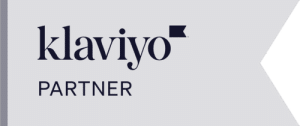We are all currently working through one of the most entrepreneurial eras in business history. Launching a new product and pitching it to a global audience has never been more possible than it has now, even with the fact that competition has never been as fierce.
This makes it important for you to utilise clever tools and service that are there to help you and guide you through the right processes to launch your product successfully online.
One of the best campaign structures you can use is the RACE structure. Through using an Excel template with a detailed and comprehensive checklist you are able to sequence media activities and content for a variety of campaigns from sales promotions and new products launches through to things like a new website launch. This template looks at and takes into consideration and pitfalls that are commonly encountered when you launch and promote a product online. These pitfalls often include your missed opportunities to interact, communicate, and persuade your potential customers throughout your customer lifecycle.
Having this visual enables you to see the potentials interactions that need to be utilised during a product launch through the entire customer lifecycle. The RACE structure has fast become one of the most used campaign structures in marketing especially when launching new products, one reason is that it is easy to use and follow. It is particularly useful for startups, however, it is used by many businesses who are creating new propositions and products in order to increase revenue. Using a structure like this enables you and guides you through your potential opportunities for any launch by defining your aims and helping you to prepare your launch timeline.
When you learn how to properly structure your campaign plan it empowers you to prioritize the right resources in an effective and logical order. With any product launch, you can’t plan for every eventuality, therefore you need to ensure you are also planning for the unexpected.
When you use the RACE structure it can provide you with an easy to use an approach that can be utilised with the different levels of a digital marketing plan. It is designed to help you to define strategy, objectives, and tactics as well as being there to assist you with setting the right KPIs at every stage of the campaign.
How Should You Structure Your Campaign Plan?
So, how do you structure your campaign plan using RACE? You may already be familiar with the RAE framework, and if you are great! However, you may pick up a few tips you didn’t know about by reading this blog. The Planning framework works by using five parts, all of which are an essential part of a marketing or digital plan.
You need to Plan – Reach – Interact- Engage and Convert your audience.
The five main parts of RACE structure will help you to:
- P-lan the perfect launch
- R-each your target market
- A-ct through encouraging participation
- C-onvert by changing casual browsers into real customers
- E-ngage by turning those customers into loyal advocates
The Plan
What is your plan? Where are they? Who are you?
You will be extremely familiar with any new product that you are launching, every little finer detail will be common knowledge, but, the same can’t be said for your prospective audience and markets.
In the first stage of your planning, you need to think past the simplicity of what your product is and consider how and where it fits within the market place, particularly the early adopter marketplace. This is a critical part of your planning process. Not only does it help you to identify the benefits and features of your products and get them understood, but it also sends out the much-needed signal that enables early adopters to distinguish your products from that of your competitors.
From the get-go, it is essential for your phased campaigns to involved a distinctive message that will help early adopters feel comfortable in justifying a purchase. At the same time, it will empower them to feel confident in sharing the news about your products with others. The goal is for the early adopters to feel proud and want to shout about being some of the first to own one or use it.
Creating A Timeline For Your Campaign
You need to create a timeline that includes the build-up, the launch, and considers the post-launch too. You should look to map each stage against benefit messages that are aimed at specific target markets, including benchmarks that are against any value propositions from your competitors. Remember that your online customer will first be concerned with whether your marketing allows them to make informed choices and decisions.
When you are looking at your timeline, you should take considerations over how you are able to work alongside influencers early on in your campaign. Online, using influencers has a far-reaching impact that can extend to where and how you promote your product overall. This means thinking about questions such as which influencer blogs are best suited to your product.
Make Use Of KPIs To Review Your Audience Engagement
It’s important for you to make use of tracking KPIs to review audience engagement. This is what will help you to define tour launch performance and lead you to an agile launch. When you launch a new product, you need to identify what would be classed as a success. With a new product you have to be realistic and you may, at times, need to adjust your approach.
Some of the KPIs include:
- Click-through rates
- Volume-based KPIs
- Video downloads
- Brochure downloads
- Infographic downloads
- Revenue earnt from online marketing
- Cost per lead
- The customer value
- Mobile leads, traffic, and conversion rates.
- Organic traffic
- Social media traffic and conversion rates.
- Landing page conversion rates
So, What Does The RACE Framework?
When you look at RACE you should be thinking, Reach, Act, Convert and Engage. It a smarter way for marketers to manage and plan their activities and do it in a more structured way.
Let’s have a look at them in more detail below:
Reach
Reach is where you concentrate on building brand awareness externally, looking at all the areas that are out of your control. For example, these would include guest blog posts on industry sites, paid advertising, and using influencers to help drive traffic to your site. Soe of the questions you may want to ask include:
- Where does my target audience like to relax or ‘hang out’?
- What does my target audience watch/listen/read?
- What content can I give them that is valuable to them?
- What does my target audience use to search online? Which of th paid advertising choices capture this?
- What is your competition doing to hit the same target market?
- What ROI do I need to aim for?
Act
This stage is all about encouraging interactions in social media and on websites in order to generate leads. Generating leads is what is going to feed your sales, making your site ‘sweat’ is the way to help your future success. Think about:
- What content do I already have on my site? Does it grab the attention of my audience and increase engagement? Or could it do with some work?
- How can I measure this? How am I going to monitor the ROI of the effort that I put into my site?
- What insights and tools am I able to give that will engage the people who visit my site? Can I provide them with all the information they need or a preview of the service/product? Am I able to reward them for providing their details for tools such as a newsletter?
Convert
Now that you have got the interest in your products and brands, and you are engaging well with your audience, it is time to complete the sale. Think about:
Are there any promotions that can use to increase conversion?
Is there anything I add to my product/service that is low-cost but will add value?
Do I have competitive prices?
What price does my competitor use?
Is the purchase journey a friendly experience for my customers? Are there any barriers that could put your potential customers off?
Engage
Something that is often overlooked is the engagement. If you focus on one-hit sales then it is likely you are missing out on a huge amount of opportunities, especially when you have a fantastic product.
This is where you concentrate on using your marketing activities to help encourage repeat purchases, it will also empower your customers to share their success and stories with others, leading to more customers. Think about:
- How are you going to engage with your customers after a purchase? Can this be automated?
- Are you actively encouraging after-sales communication and feedback by using tools such as social media or reviews?
- How are you enabling your customers to share what they have achieved through purchasing from you?
As you can see from this post, thinking about the structure of your campaign plan is important, however, using a structure such as RACE can help you to be successful with any product launch.



